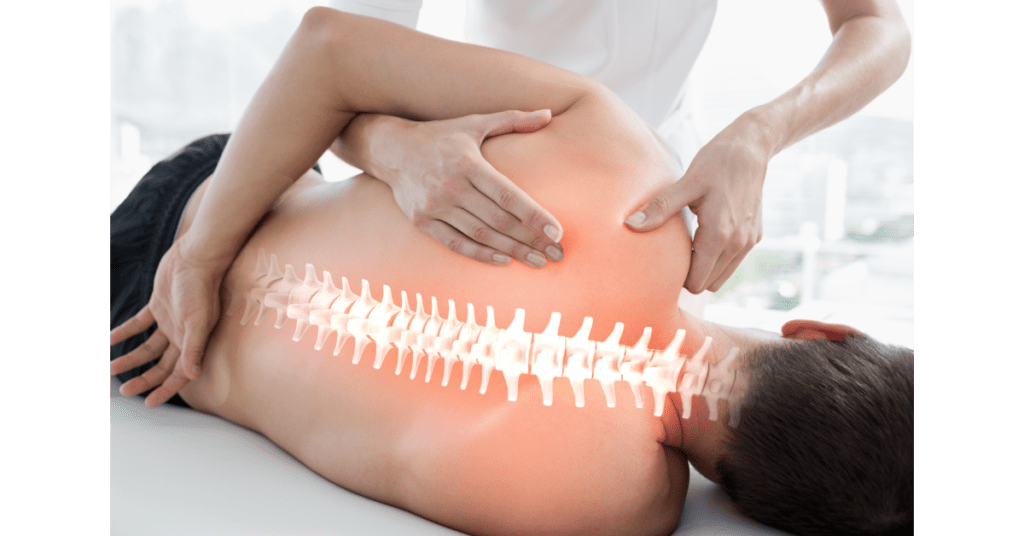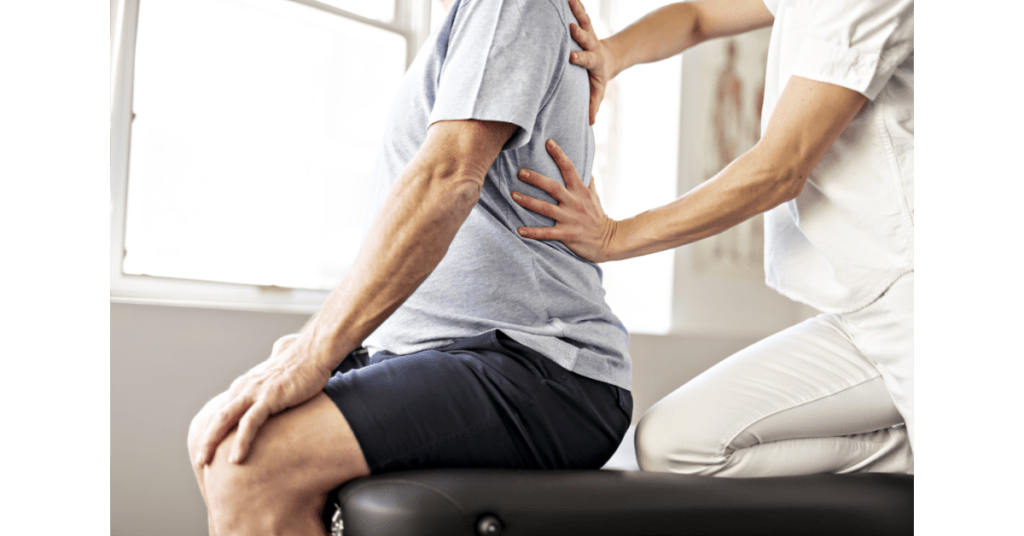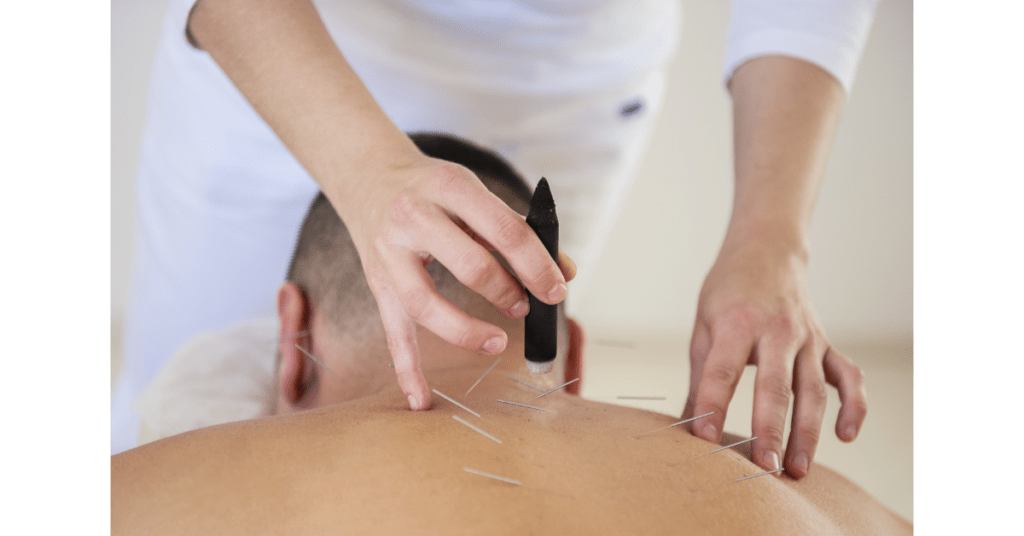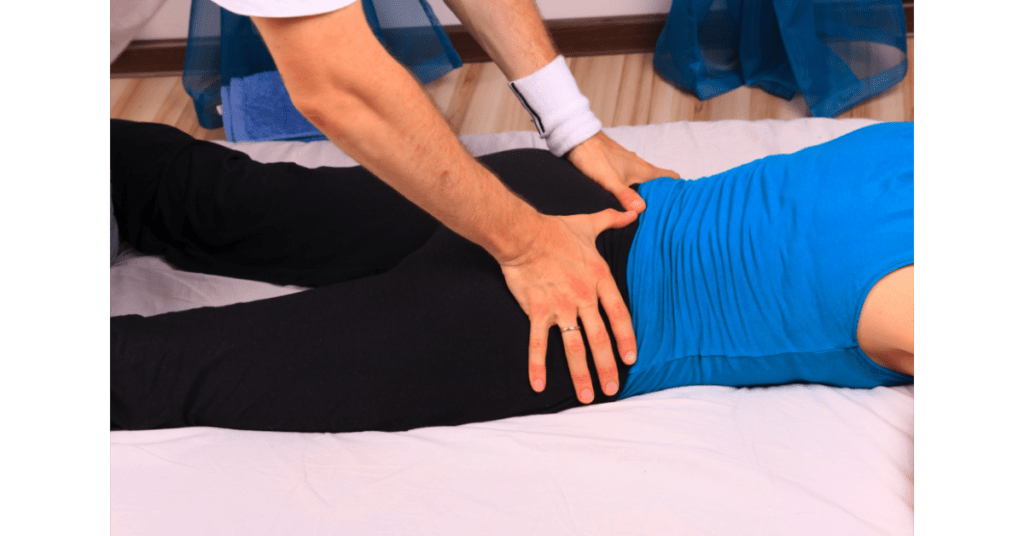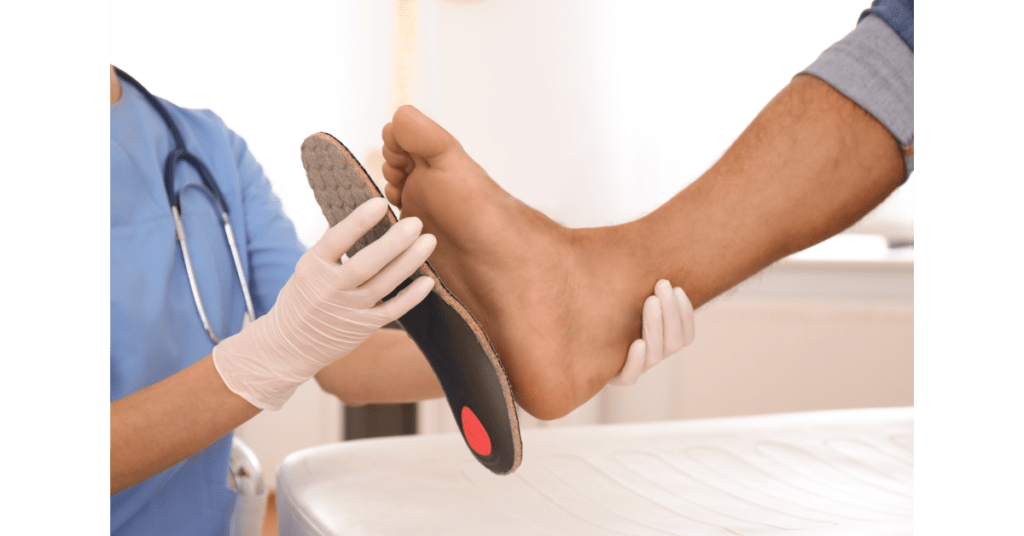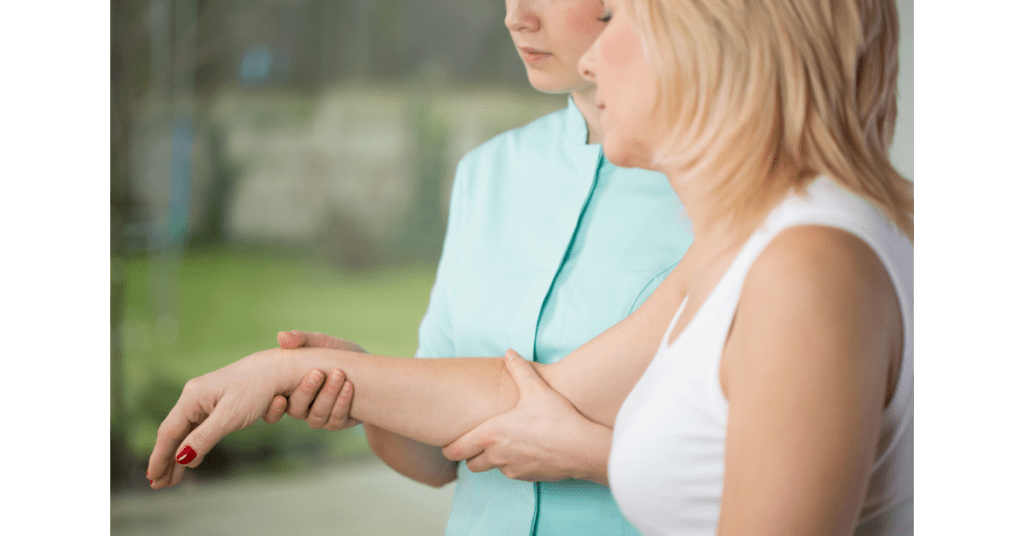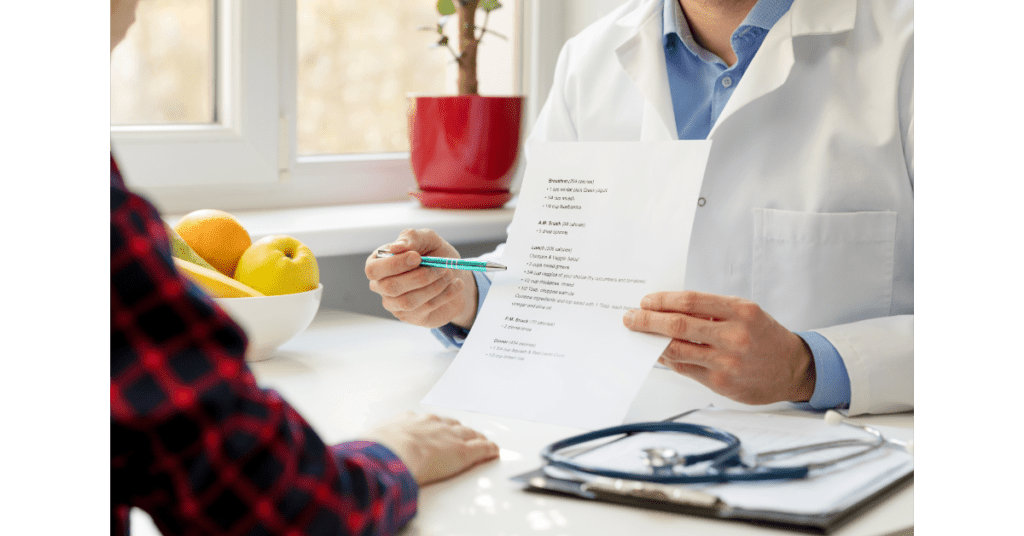What is Golfer’s Elbow and Tennis Elbow?
Golfer’s elbow and tennis elbow refer to the degeneration of the tendon caused by repetitive arm bending. It is tendinopathy that leads to inflammation of the tendons on either side of the elbow. This affects the wrist extensor mechanics, muscles, tendons, and attachment to bone. A tendon is a thick fibrous band of tissues that connects muscles with bones and functions like an elastic band. It stretches when you move your joints to accommodate the movement. It also helps to absorb some shocks from the muscles when they move.
Golfer’s Elbow (medial epicondylitis) refers to the inflammation of the tendons that connect the forearm muscle to the bony part on the inside of the elbow, causing pain inside the elbow that affects the wrist flexor muscle. Tennis elbow (lateral epicondylitis) refers to the inflammation of the tendons that connect the forearm muscle to the outer bone of the elbow. When the extensor carpi radialis brevis (ECRB) muscle (that helps extend the wrist and fingers) is damaged, through repetitive stress, weakening the muscle and resulting in tiny tears in the tendon, it causes Tennis elbow. It is one of the most common overuse conditions in the elbow.
What Causes Golfer’s Elbow and Tennis Elbow?
Golfer’s elbow and tennis elbow are not necessarily connected with golf and tennis, as the name suggests. Actually, only 5% of people with tennis elbow get it from playing tennis. Any activity where the arms are used repeatedly (including baseball, squash, badminton, swimming, weightlifting, rowing, or throwing sports like a javelin) can lead to Golfer’s elbow and Tennis elbow. Even jobs or professions, like that of a carpenter, electrician, hairdresser, construction worker or mechanic, that require repeated use of the elbow and using handheld tools are no exception. As a result, everyday activities can become painful. There are many risk factors that can increase the likelihood of developing these tendinopathy conditions. Repetitive, long-term stress or strain on the elbow (whether recreational, like sports or occupational, like playing a musical instrument), such as gardening, doing housework, heavy lifting, or frequent use of a computer (repetitive movements for more than two hours daily) have been identified as a risk factor. The inappropriate technique or training in sports, including insufficient stretching, Inflexible muscles, or muscle imbalances, Elbow joint misalignment, and Poor circulation are other causes. Golfer’s elbow and tennis elbow are most common in men and women between 30 and 50 years of age.
What are the Signs and Symptoms of Golfer’s Elbow and Tennis Elbow?
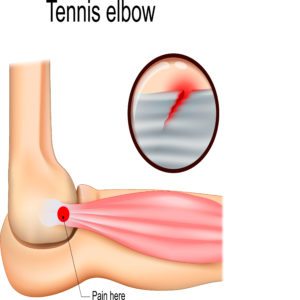
Golfer’s elbow and tennis elbow generally affect the dominant arm. Symptoms appear suddenly or develop slowly over a period of time. They range from mild to severe. The following are signs and symptoms of this condition: Pain that starts out as gradual irritation in and around the elbow, Pain that flares up while playing a sport or performing a job that requires frequent use of your arms, Pain on either the inside or outside of your elbow (that extends down into your forearm and into the wrist), Pain when trying to bend the wrist, Difficulty while lifting or picking up objects without pain, Weak grip, or difficulty and pain when shaking hands, squeezing an object, opening jars or doors, or using tools, cooking utensils and Stiff elbow, causing a reduced range of motion. Even though the elbow is resting, the condition may become painful all the time. If there is a tingling sensation or numbness in the fingers, especially the ring and little fingers, one needs to rule out nerve compression within the radial nerve.
Are you looking for physiotherapy or a Chiropractor? If Yes, then visit Simply Align Rehab Physio in Scarborough/Toronto or Woodbridge/Vaughan or you can always call or text us for your Physiotherapy or Chiropractor needs in Toronto at (416) 438-3230 or For Physiotherapy or Chiropractor need in Vaughan (Woodbridge) at (905) 638-9840.
How are Golfer’s Elbow and Tennis Elbow Treated?
Several treatments are available for golfer’s elbow and tennis elbow at home. These include Avoiding activities that cause pain or put stress on your elbow and/or wrist, Resting your elbow and/or wrist, Applying ice packs, and Administering Anti-inflammatory painkillers like Advil or Aleve to reduce pain and swelling. Non-steroidal anti-inflammatory drugs (NSAIDs) may be prescribed, such as ibuprofen or naproxen and Corticosteroid injections to alleviate inflammation. Surgery is considered only after other less invasive treatments have not helped, and physiotherapy is an important part of rehabilitation.
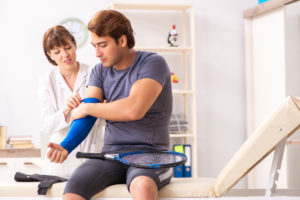
Physiotherapy is a non-surgical and drug-free treatment, focusing on reducing pain and swelling, regaining strength, increasing mobility and function, and preventing recurrence. A thorough assessment by a physiotherapist addresses the source of the problem and depends on individual needs. Physiotherapy includes stretching, strengthening, and range of motion exercises, Functional retraining and activity modification, Bracing, and a Personalized exercise plan to be done at home for continuous improvement and progress. Preventative strategies to help manage lifestyle, work, and other risk factors include Patient education, actively involving the patient in his or her own recovery, including a return to work or sport recommendations and Cross-disciplinary pain-relieving therapies like Heat and cold therapy, Manual Therapy, Massage therapy, Acupuncture, Ultrasound therapy, Interferential current therapy (IFC) or TENS. Find a clinic in Scarborough and visit a physiotherapist. At our clinic we have notice by using Simply Align Technique which includes advance physical modalities such as Tecar or also known as Radio Frequency and laser, activity modification and specific exercises we have faster, longer lasting results with reduced healing time.
Can Golfer’s Elbow and Tennis Elbow Go Away On Their Own?
With proper treatment based on the RICE protocol, Golfer’s elbow and tennis elbow can get better. The sooner the treatment, the sooner is the recovery. Since the condition is caused by using the elbow in a particular manner every day, it can become chronic, if not treated properly. Treatment must include muscle strengthening and possible functional retraining and activity modification. Physiotherapy treatment can relieve symptoms in four to six weeks.
Can You Prevent Golfer’s Elbow and Tennis Elbow?
If you play sports or your job involves repetitive arm bending, there is an increased risk for golfer’s elbow or tennis elbow. It will be useful to consult a physiotherapist about the best exercises for your activities. Other preventative steps to reduce the chance of developing the condition include: Warming up and stretching before exercise, Cooling down and stretching after exercise, Practicing proper technique in sport including arm stretching and strengthening exercises, Taking regular breaks from bending your arm, Maintaining a healthy weight and eating a diet that is anti-inflammatory (avoiding processed and refined foods and sugar).

